
Radio wave receiving intensity (For communication from base to remote) 0 V (Control and input) 2 Power supply voltage (US1US2) PWR 1 5 DENMARK (45) 70252900 W-SS Green LED flashes. (2Hz) Received power level is 1. Power supply voltage for control and input (US1) is abnormal.
Valve diagnostics 2 Table 9-5 Valve diagnostics 2 Bit 0 Zone21 0:, 1: 1 Zone22 0:, 1: 2 Zone23 0:, 1: 3 Zone24 0:, 1: 4 Zone25 0:, 1: 5 Zone26 0:, 1: 6 Zone27 0:, 1: 7 Zone28 0:, 1: 45 No.EX##-OMY0006CN 9.1.1.5.
No.PF-OMP0001CN-F // PFMB7501 PFMB7102 PFMB7202 2 10 11 12 14 14 16 17 [] 21 OU1OUT2 {3 ] 22 22 [] 24 25 F0 26 F1 OUT1 28 F2 OUT2 36 F3 41 F10 42 F13 43 F20 44 F22 45 F30 46 F31 47 F80 OFF 48 F81 49 F90 50 F98 52 F99 53 54 58 59 61 62 62 65 67 -1No.PF-OMP0001CN-F (ISO/IEC)(JIS) *1) *2) *1) ISO 4414: Pneumatic fluid power -General rules relating to systems
[F 2] OUT2 c()F( oF)() -40No.PF-OMM0004-D -41No.PF-OMM0004-D [F 3] [F 3] [RES] [F3] 7 s -42No.PF-OMM0004-D [F10] OUT1 OUT2 OUT1 OUT2 OFF [F10] [SUb] [F10] -43No.PF-OMM0004-D -44No.PF-OMM0004-D 9L 3 1.5s6 3s 9L [9] [F30] 1S =0 =0 [F20]45 9L 3 1.5s6 3s 9L 6 0 [0] [F30] 1S = = [F20]45 -45No.PF-OMM0004-D == 1 / ,/ ([F20](47 )) (53 )[F82] c () -46No.PF-OMM0004-D [F20
45 HRS090 Series 4.5 Message configuration 4-9 HRX-OM-T004 Chapter 4 MODBUS communication function 4.6 Function codes Table 4.6-1 shows function codes to read or write register.
45 HRSH Series 4.5 Message configuration 4-9 HRX-OM-R028 Chapter 4 MODBUS communication function 4.6 Function codes Table 4.6-1 shows function codes to read or write register.
Vibration resistance allows for normal operation of up to 30m/s2 (45 to 250Hz). Be advised that continuous vibration may cause a decline in durability. Arrange piping to avoid excessive vibration or impacts. 5 XL-OMS0001-B High temperature type (temperature specification / H0 H4 H5) 1.
Vibration resistance allows for normal operation of up to 30 m/s2 (45 to 250Hz), but continuous vibration may cause a decline in durability. Arrange piping to avoid excessive vibration or impacts. High temperature type (temperature specification / H0 H4 H5) 1.
Position symbols are indicated here 45 45 Position symbol: 2 Position symbol: 4 Knob Position symbol: N Table 1 Handle position symbols Piston rod position settings 2 Moves to the extended end N Current position retained 4 Moves to the retracted end 3 - 5.
See LECSA Operation Manual, section 4.4.2 for details on allocation of Output signals to pins CN1-9 CN1-12. 45 - 5.5.5 Setting a Maximum of 7 Points using the Point Table in Positioning mode (Point Table) The point table can reach a maximum of 7 points using input signals DI0, DI1 and DI2. The default allocation, allocates signals DI0 to (CN1-5) and DI1 to (CN1-23).
CE*-OMQ0013-F / / 1 7 1-1 1-2 1-3 1-4 8 2-1 2-2 2-3 13 3-1 3-2 3-3 15 4-1 4-2 4-3 17 5-1 5-2 5-3 21 6-1 6-2 22 7-1 7-1-1 7-1-2 7-2 7-2-1 7-2-2 7-3 7-3-1 7-3-2 7-3-3 INPUT 7-3-4 OUTPUT 7-3-5 7-3-6 28 36 9-1 9-1-1 9-1-2 9-1-3 9-2 9-2-1 9-2-2 9-3 9-3-1 45 10-1 10-2 46 11-1 11-2 50 12-1 CE2/CEU2 / *1) (ISO/IEC)(JIS) *2) *1) ISO 4414: Pneumatic fluid power
Blinking P1 will blink. 45 Press either READ or WRITE to proceed to the input condition for cylinder stroke setting, while at the same time, the first decimal point will start to blink. Use LEFT and RIGHT buttons to select digit to be changed and set the digit to the desired setting through UP and DOWN, buttons. With that, input desired cylinder stroke.
Allowable load a b Allowable thrust loadN Allowable momentNm Size Allowable radial load a b Basic type High precision N type 1 31 41 41 0.56 0.84 2 32 45 45 0.82 1.2 3 33 48 48 1.1 1.6 7 54 71 71 1.5 2.2 Unit used as flange mount Rotary table can be mounted from three directions-Two side of axial direction and one side of lateral face.
Internal 17 45 66 104 193 318 Note 1) Gripping force per finger Effective value (N) gripping force O.D. External gripping S 7.1 27 33 45 131 217 force I.D.
66 104 193 318 S 7.1 27 33 45 131 217 C 13 38 57 83 161 267 mm 4 6 10 14 22 30 2 g D 55 115 230 420 715 1,275 SC 235 425 760 1,370 2) 4 - 2. 2-1. 1. () 2. 3. 4. 2-2. . 2 L H L H (1) (2) (3) 3. 5 - 4. 5. 6. <> (1) (2) 2 7. 2-3. 1. 2. 3. 4. 5.
Speed Position Acceleration Deceleration 100 0 1100 Pushing force 1 INP ON INP ON Trigger level 45 - 1 Pushing speed Moving force AREA ON 1 12AREA Area 1 ON1 2 2 Area 2 INP ON In position INP ON (2-3) LECPA No.Step No.
. 20 3IO . 21 4IO . 21 5 . 23 5.1 PWR . 23 5.2 MOTENC . 23 5.3 SII/O . 23 1 . 23 2 . 24 5.4 DeviceNet . 24 6CN1: . 25 6.1 . 25 6.2 . 25 6.3 . 26 1(C24V,M24V,0V) . 26 2(EMG) . 26 3LK RLS . 26 1 - 6.4 . 27 1 . 27 21 . 28 32 . 29 7DeviceNet 30 8LED . 31 8.1 LED . 31 8.2 LED . 31 9 . 32 9.1. . 32 9.2 No. . 32 9.3 / . 32 9.4 . 32 10 . 33 10.1 . 33 11 . 42 11.1 . 42 11.2 . 45
CN5I/O . 23 6.1 . 23 6.2 (NPNPNP ) . 23 (1) I/O (NPNPNP ) . 23 (2) I/O . 23 6.3 . 24 6.4 I/O . 27 7. . 28 7.1 . 28 7.2 . 31 7.3 . 33 8. . 34 8.1 . 34 8.2 . 34 8.3 . 35 (1) . 35 (2) (). 35 (3) . 35 8.4 . 36 8.5 . 36 9. (). 37 9.1 . 37 9.2 . 38 10. . 39 10.1 . 39 10.2 I/O . 39 (1) . 39 (2) . 40 (3) . 41 (4) HOLD. 42 (5) . 42 2 - 6 . 42 (7) . 43 11. . 44 11.1 . 44 11.2 (). 45 11.3 I/O . 46 11.4
./ . 44 15.1 . 44 15.2 . 45 15.3 . 46 15.4 . 47 15.5 . 48 15.6 . 48 16. . 49 2 - 16.1/ . 49 16.2 . 49 16.3 . 51 16.4 . 51 16.5 . 52 16.6 . 52 16.7 . 52 3 - LEC-G Series/ 1) (ISO/IEC)(JIS) 2) *1) ISO 4414: Pneumatic fluid power -General rules relating to systems ISO 4413: Hydraulic fluid power -General rules relating to systems IEC 60204-1: Safety of machinery -Electrical equipment of machines
LEC-CG1a) RJ45 8P a) RJ45 8P 31 - No 1 LEC-CG1GW CONT ((CN1) LEC I/O (CN4) K 0.3m L 0.5m 1 1m 2 LEC-CGD 3 LEC-CG2K 0.3m L 0.5m 1 1m 4 LEC-CGR GW 5 RJ-45 LEC-CAP-X22 CN1CN2CN3 No a) RJ45 (8P) TM21P-88P b) M12 4pin HR24-8DJ4PE550A(73) XS2G-D4 [] c) M12 4pin HR24-8DP4S300(73) XS2C-D4 [] CONT (CN3)LEC GW GW LEC GW ID LEC IDGW GW LEC GW LEC GW (LEC-CGR) 32 - 7.2 GW LEC
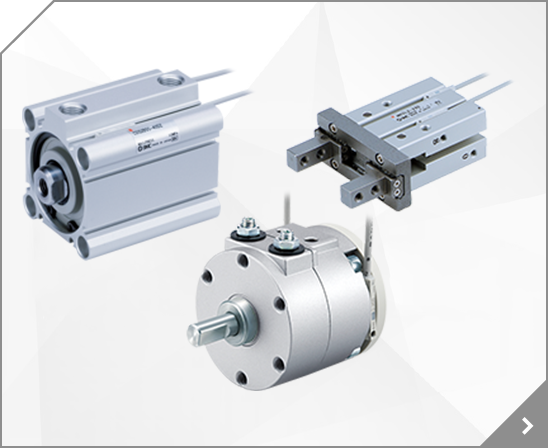
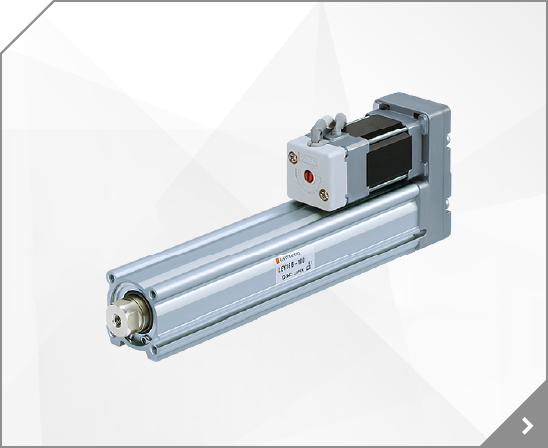
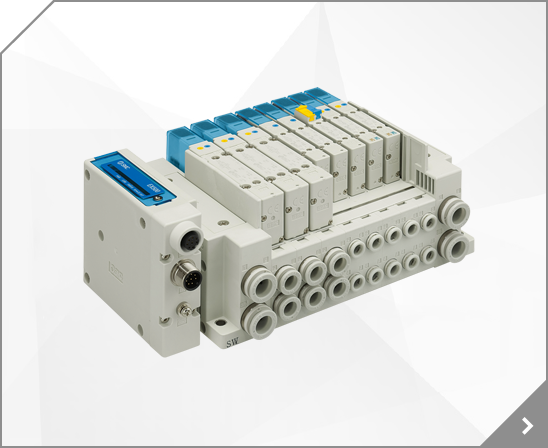
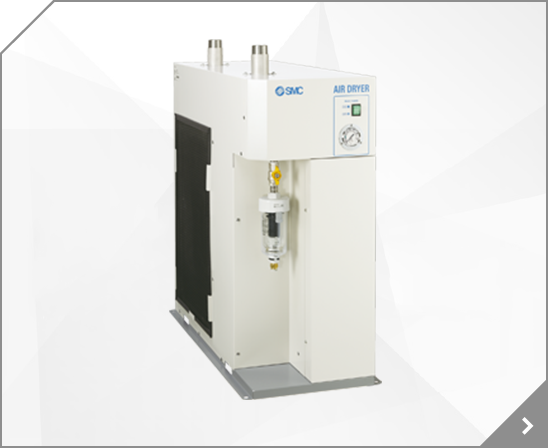
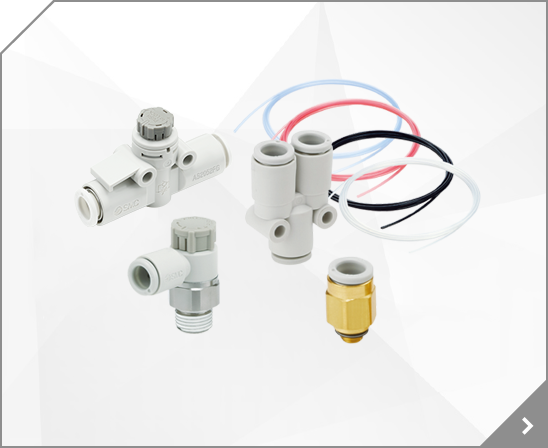
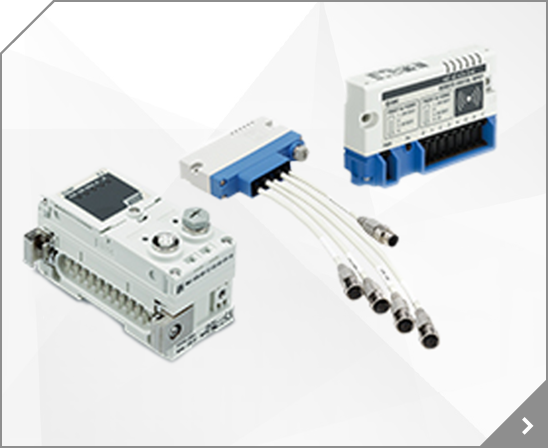
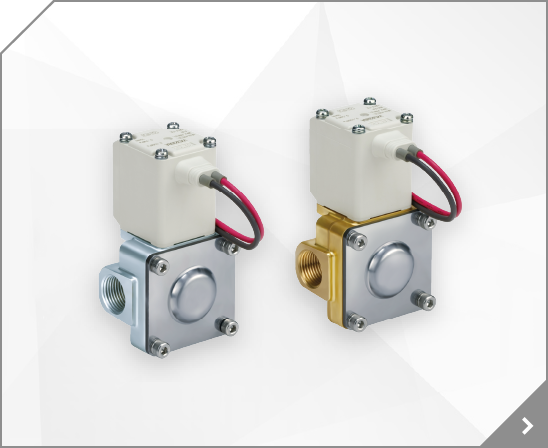
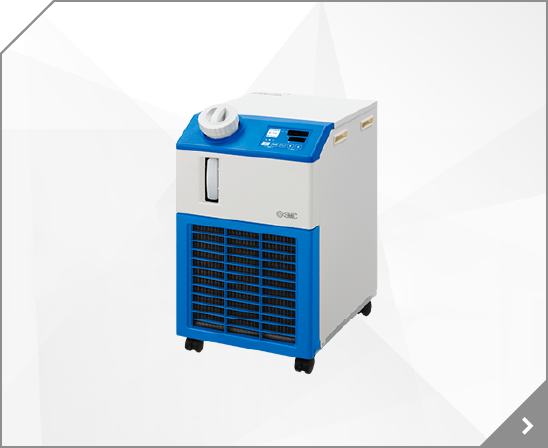
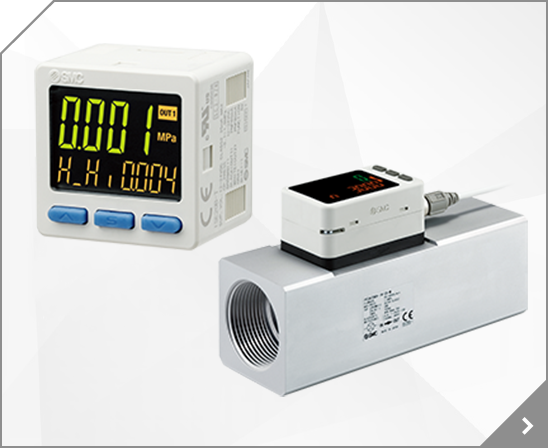
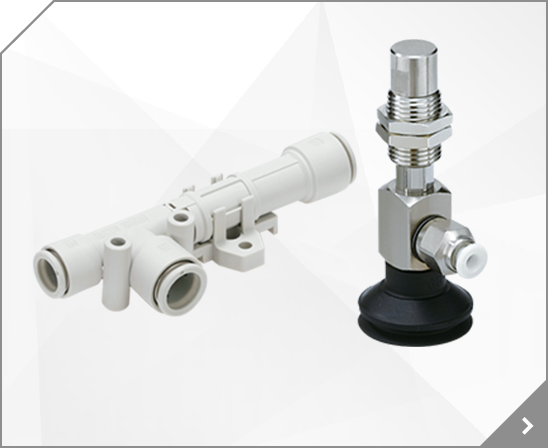

 EXxx-OMV0028.eng
EXxx-OMV0028.eng